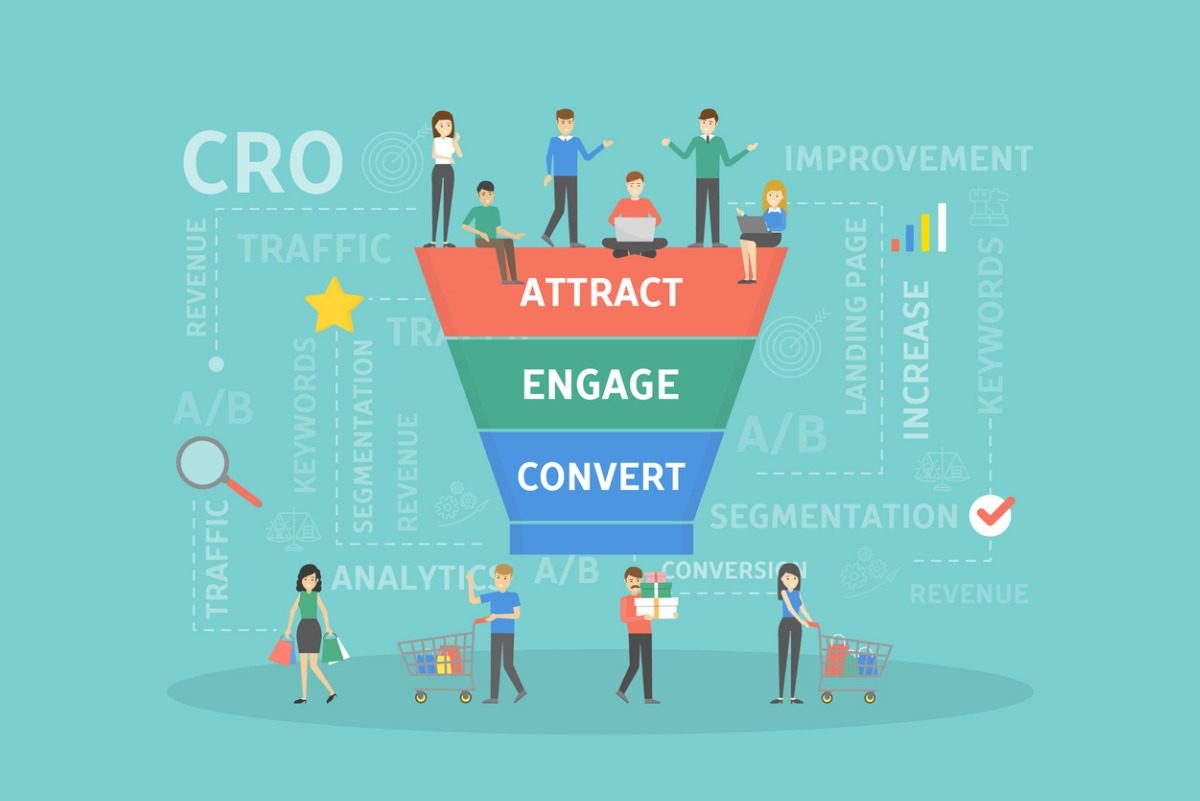Nearly every day, the web experts at LEVO prepare analytics reports determining how much business we gather for our clients. Thanks to conversion tracking, we are able to do that. This process allows us to see exactly what happens after a customer interacts with a client’s ad; we know whether they scheduled an appointment, contacted the business in some way, signed up for a newsletter, purchased a product, or whatever it may be. When a customer completes a valuable action, these actions are referred to as conversions.
So what’s the deal with conversion rates? After all, the whole point is to turn lookers into buyers as fast as possible. The key to conversion rate optimization is finding that sweet spot that makes the highest percentage of customers take action. This allows your business to maximize every penny of your PPC (pay-per-click).
The Healthcare Patient’s Journey Begins Online
The vast majority of healthcare consumers begin their journey online, searching for conditions, treatments, providers, reviews, etc. They’ll conduct research, compare providers, and typically convert by calling for more information. In 2019, patients who booked healthcare appointments ran 3x more searches than those who didn’t (DialogTech). Specifically, 71% of consumers seeking physician and/or surgical services ran a search before scheduling an appointment; regardless of specialty, 90% of patients search online for their providers before booking an appointment (Patient Engagement HIT). While online scheduling should be available, prospective patients tend to prefer handling appointments over the phone for privacy reasons, as well as being more comfortable speaking to a real human being. About 88% of healthcare appointments are scheduled by phone (Sequence).
What the client does not see is the real reason behind conversion tracking.
The client may see a number that signifies dollar signs – the digital marketer, on the other hand, sees a pool of data waiting to be utilized. For example, Google has a long, incredibly complex algorithm that serves only one purpose: give the user what they are asking for. The result? As a company, Google’s primary focus is on the person behind the computer rather than the keyword placed in the search bar.
Here is where conversion tracking comes into play. Digital marketers program the algorithm in a specific way to automatically define each correctly-executed conversion. Once defined, the system uses collected demographic information to generate “look-alike users” to that same ad. “Look-alike users” or “look-alike audiences” are simply users that share commonalities with previously converted users (i.e. users that we think would be equally as interested in the ad). By feeding Google this information, the system in place rewards you by showing your ad, whether it be search or display, to users who are more likely to convert to customers.
Talk To The Experts
The Levo Health team has specialists who are trained and certified in understanding the functionality and dynamic use of these tools to optimize any business’s online goals. Whether it be increasing engagement, lead generation, or product sales, our staff is here to help. Give us a call at (855) 234-0232 or email us at [email protected] for more information.
















